
The one where you just feel… off. You’re tired, but you slept. You’re a little stiff, but you didn’t really do anything. Maybe you feel a new baseline level of anxiety, or your heart does a weird flutter now and then that you chalk up to too much coffee.
You might get muscle cramps at night that make you jump out of bed. We’re told this is just… aging. It’s “normal.” But what if it’s not?
What if many of these little, nagging signs of decline are actually whispers from our body? What if they’re pointing to something much simpler, something “quietly” missing from our diet that’s been overlooked for decades?
I’ve been digging into this, and I keep landing on one “undereaten” mineral that’s critically linked not just to a longer lifespan (the total years) but to a longer healthspan—the years you feel vibrant, healthy, and fully you.
That mineral is magnesium. And honestly, the story of why we’re all missing it, and what it’s doing to our bodies, is kind of wild.
The “Quiet” Epidemic We’re All Living In

Here’s the first big number that really grabbed my attention: Close to 70% of the US population under 71, and about 80% over 71, consume less than the required amount of magnesium.
Think about that. This isn’t a niche problem. It’s the default state for most of us. And the signs of a subtle deficiency aren’t dramatic. They’re the exact things we blame on “a long week” or “getting older.”
- Fatigue and weakness
- Muscle cramps, twitches, or stiffness
- Anxiety or mood changes
- Irregular heartbeat or palpitations
- Loss of appetite
One of the most common signs? Low energy. As Harvard gastroenterologist Dr. Saurabh Sethi explains, “One of the most common signs of magnesium deficiency is low energy and magnesium powers your cells”.
Here’s the real kicker, and the reason this epidemic is so “quiet”: you can be deficient, and your standard blood test will still look normal. The body is smart. It fights to keep your blood magnesium level stable, even if it means pulling the mineral from your bones and tissues to do it. This creates a “chronic latent magnesium deficiency” (CLMD)—a state where you feel the symptoms, but your bloodwork might not catch it.
How Did We Get Here? A 3-Step Failure in Our Food Chain

So, why is everyone so low on this mineral? Are we all just bad at eating? No. The system is set up to make us deficient. It’s a three-stage failure.
- It Starts in the Soil: The problem literally begins in the dirt. Modern farming has relied on fertilizers rich in potassium. Well, potassium acts like a “potent antagonist” to magnesium in the soil, blocking the plant’s roots from absorbing it. So, the vegetables we grow today are steadily declining in the magnesium they contain, right from the start.
- It’s Stripped in the Factory: Next, we take those (already nutrient-poor) grains and “refine” them. When you make white flour from whole wheat, you strip away the bran and germ. Guess where all the magnesium lives? Yep. In the bran and germ.
- It’s Blocked by Our Diet: Finally, we build a diet that actively fights the magnesium we do manage to eat.
- High sugar? It increases how much magnesium you lose through your kidneys.
- High saturated fat? It reduces how much magnesium you can absorb in your gut.
- Love dark sodas? The phosphates in them literally bind to magnesium, “rendering it unusable by the body”.
As Dr. Denise M. Millstine from Mayo Clinic puts it, “A person who has the standard American diet, which is generally made up of convenience and ultra processed foods, is at risk for magnesium deficiency”.
Your Body’s “Master Switch”: What Magnesium Actually Does
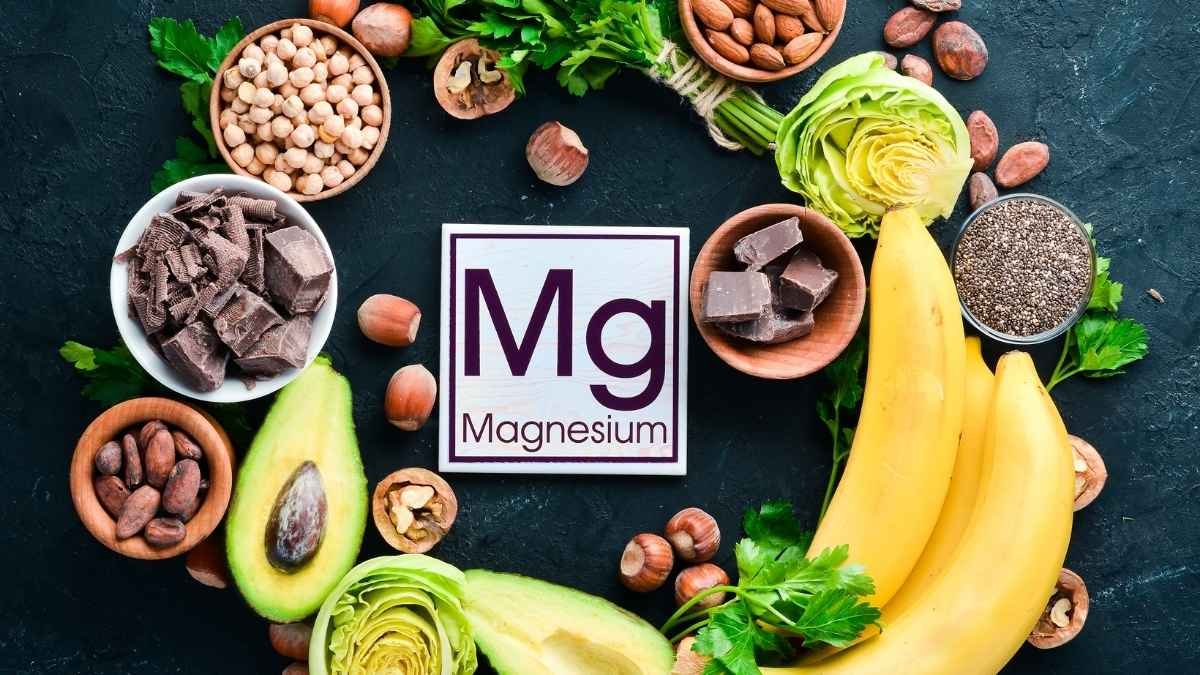
Okay, so we’re deficient. But why does it matter so much for our healthspan?
Because magnesium isn’t just a mineral. It’s what registered dietitian Kate Patton from Cleveland Clinic calls an “essential mineral that plays a lot of important background roles”.
How many? It’s a “helper molecule” or “cofactor” for over 300 to 600 different enzymatic reactions in your body. As Joy Heimgartner, RDN, of Mayo Clinic, says, our body needs it for “literally hundreds and hundreds of different reactions that happen every single day just to keep our bodies moving”.
These reactions control everything:
- Blood pressure regulation
- Blood sugar control
- Muscle and nerve function
- Protein synthesis
But here are the three jobs that are most critical for how well you age.
- The “Energy Switch”: You’ve heard of ATP as your body’s “energy currency.” Here’s the secret: ATP is totally useless on its own. It only becomes biologically active when it’s bound to a magnesium ion, forming a complex called Mg-ATP. As Dr. Sethi notes, “without sufficient magnesium, cells struggle to generate and store energy efficiently”. A magnesium deficiency is, by definition, a cellular energy crisis.
- The “DNA Guardian”: This is the core of the healthspan link. Magnesium is physically required to “stabilize the structure of DNA and RNA”. When levels are low, your genome becomes less stable and more vulnerable to damage. A 2024 study even found low magnesium is linked to high levels of homocysteine, a “toxic combination that damages the body’s genes,” making us more susceptible to age-related diseases.
- The “Inflammation Fighter”: You’ve probably heard of “inflammaging”—the low-grade, chronic fire in the body that drives almost every age-related disease. A low-magnesium state is an inflammatory state. In fact, a 2024 meta-analysis of clinical trials confirmed that magnesium supplementation causes a “statistically significant reduction in CRP [C-reactive protein] levels,” one of our best blood markers for systemic inflammation.
The “Aha!” Moment: The Vitamin D Connection

This next part is what really blew my mind. Millions of us (rightfully) take Vitamin D supplements for our bones, mood, and immune system.
Here’s the problem: Your body cannot activate or use Vitamin D if you are deficient in magnesium.
I’ll say that again. The enzymes in your liver and kidneys that convert Vitamin D into its active, usable form require magnesium to function.
This is a huge, overlooked piece of the health puzzle. You could be taking Vitamin D supplements and getting little benefit because you don’t have the magnesium to “turn it on.”
Even worse, Harvard’s T.H. Chan School of Public Health warns that taking “a high intake of vitamin D and calcium supplements in the setting of magnesium deficiency” can be dangerous. Without magnesium, your body can’t properly metabolize it all, and it can lead to high calcium levels and the “calcification of blood vessels”—exactly what you don’t want for heart health.
An Action Plan: How to Get This Mineral Back in Your Life

Okay, that’s a lot. The good news? This is fixable. The strategy is two-pronged: food first, then (smart) supplementation.
1. The Food-First Approach

Your first goal should always be to get magnesium from whole foods. Here are the daily targets to aim for.
Table 1: Recommended Dietary Allowance (RDA) for Magnesium
| Life Stage | Age | Males (mg/day) | Females (mg/day) |
| Adults | 19-30 years | 400 | 310 |
| Adults | 31+ years | 420 | 320 |
| Pregnancy | 19-30 years | 350 | |
| Pregnancy | 31+ years | 360 |
And here’s where you get it. (Yes, dark chocolate is on the list. You’re welcome.)
Table 2: High-Magnesium Food Sources
Magnesium Powerhouses: Replenish Your Life!
2. Navigating the Supplement Aisle (A Cheat Sheet)

Look, I’m just going to be honest: given the soil depletion and food processing, hitting those RDA numbers every single day with food alone is hard. Supplementation can be a smart move, especially for older adults or anyone on medications that deplete magnesium (like diuretics or proton pump inhibitors).
But first, safety: The established Tolerable Upper Intake Level (UL) for magnesium is 350 mg per day from supplements and medications only. This does not include the magnesium you get from food, which is safe because your kidneys will just flush out any extra. Going over the supplemental UL can lead to diarrhea, nausea, and cramping.
Second, and this is critical: Not all magnesium supplements are created equal.
The supplement aisle is confusing. The form of magnesium dictates how well your body absorbs it (its bioavailability) and what it’s best for. Buying the wrong one is, at best, a waste of money and, at worst, will just give you digestive issues.
So, here is a simple “cheat sheet” to help you choose the right one for your goal.
Table 3: A Consumer’s “Cheat Sheet” to Magnesium Supplements
Navigating the Supplement Aisle: Magnesium Cheat Sheet
Magnesium Oxide
Magnesium Citrate
Magnesium Glycinate
Magnesium L-Threonate
Magnesium Malate
Magnesium Taurate
The bottom line: Avoid Magnesium Oxide if you’re trying to fix a deficiency. It’s the cheapest, most common form, but it’s poorly absorbed and will just go right through you. Forms like Glycinate, Malate, and Threonate are far more effective for raising your body’s levels without the digestive drama.
One Last Thing: Busting a Few Myths
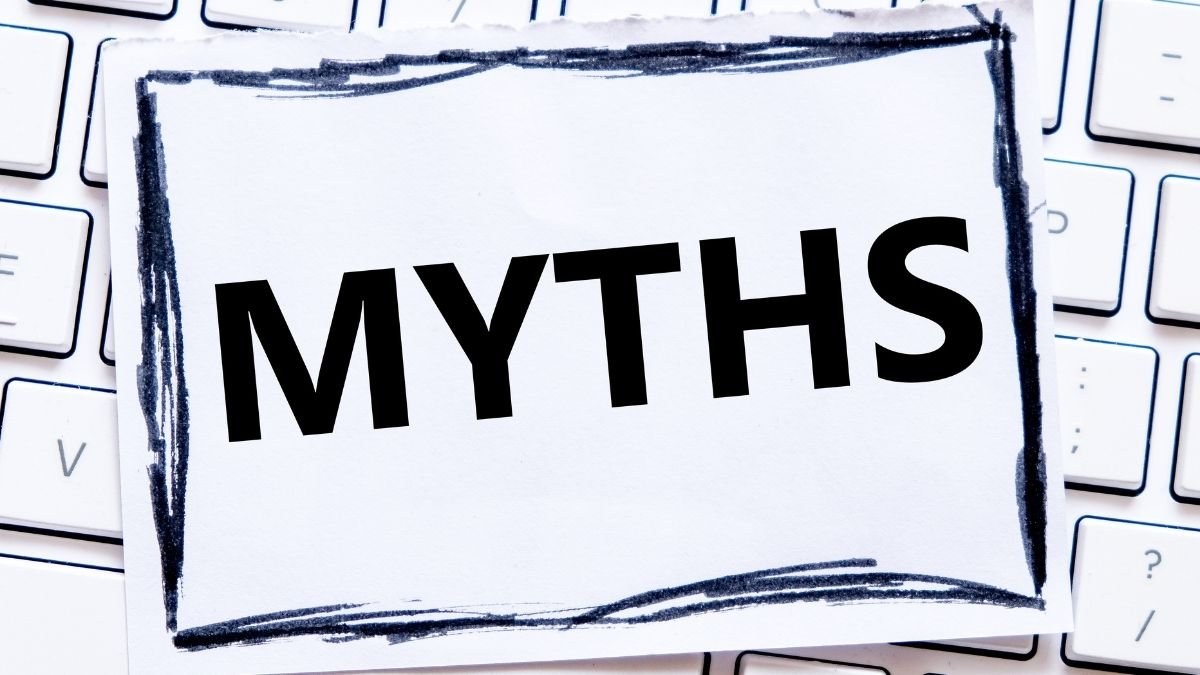
- Myth 1: “Magnesium deficiency is rare.”
- Truth: Severe, symptomatic deficiency (hypomagnesemia) is rare. But suboptimal or latent deficiency, driven by low intake, is incredibly common.
- Myth 2: “Magnesium is just for sleep and muscle cramps.”
- Truth: Those are just the most obvious symptoms. It’s most important, healthspan-promoting roles are silent: protecting your DNA, powering your cells, and calming inflammation.
- Myth 3: “An Epsom salt bath is enough.”
- Truth: Epsom salt (magnesium sulfate) baths feel great for sore muscles. But there is “little scientific evidence” that you can absorb enough magnesium through your skin to correct a systemic, internal deficiency.
The Takeaway
So, that feeling of being “off”? It might not be your new normal. It might be a whisper from your body, asking for a mineral that’s been systematically stripped from our lives.
It’s not just about living longer. It’s about feeling good in the years you have.
This isn’t about some magic “longevity pill.” It’s about restoring a fundamental, foundational piece of our biology that we’ve quietly lost.
Start by looking at your plate. Add some pumpkin seeds, spinach, and black beans. And then, take a hard look at that vitamin D supplement you’re taking. It might be feeling a little lonely, just waiting for its essential partner to show up.
A Few Useful Products to Look Into
I know, I know… that “cheat sheet” is helpful, but the supplement aisle is still overwhelming. I totally get it. To make it a little easier, I looked for a few well-regarded products that align with the goals we discussed. These are just a starting point, but they are generally well-tolerated and from trusted brands that use the right forms of magnesium for the job.
1. For Sleep and Calm (Glycinate): Thorne Magnesium Bisglycinate
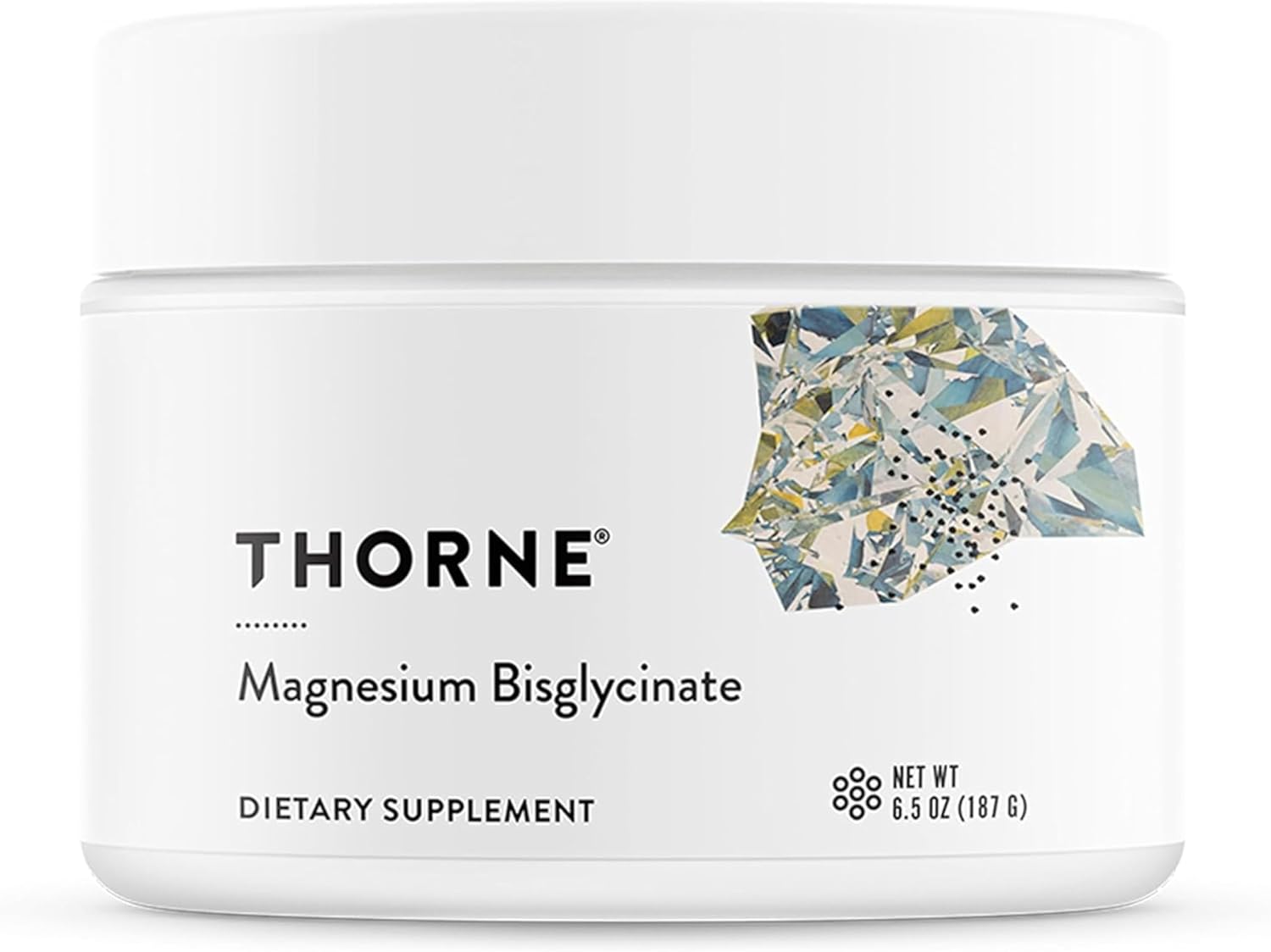
This one is a powder that uses magnesium bisglycinate, known for being highly absorbable and gentle on the stomach. It’s a go-to for many people looking to support restful sleep and muscle relaxation.
2. For Brain Health (L-Threonate): Sports Research Magtein
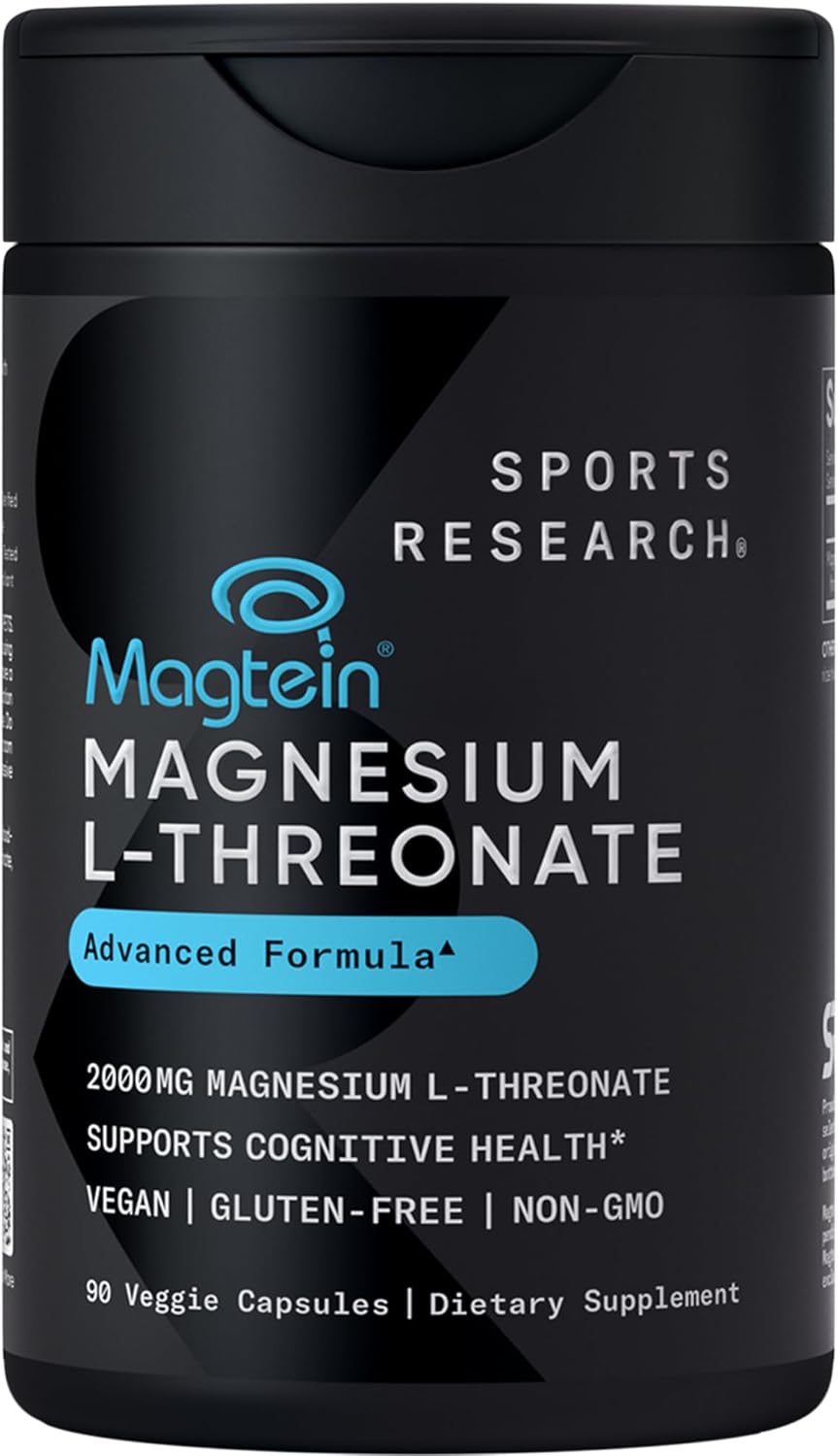
If you’re focused on the cognitive benefits, this uses the specific “Magtein” (Magnesium L-Threonate) form. This is the one that has been studied for its ability to cross the blood-brain barrier and support memory and focus.
3. For Energy and Muscles (Malate): Double Wood Supplements Magnesium Malate

This uses magnesium malate, which (as we discussed) is often recommended for energy production and muscle function. People dealing with fatigue or muscle soreness often lean this way.
4. For Digestion and Constipation (Citrate): Nutricost Magnesium Citrate Powder

This is a straightforward, budget-friendly magnesium citrate powder. This form is well-absorbed but also has that reliable laxative effect, so it’s a popular choice for treating constipation.
5. For an Overall Blend: MegaFood Magnesium Capsules
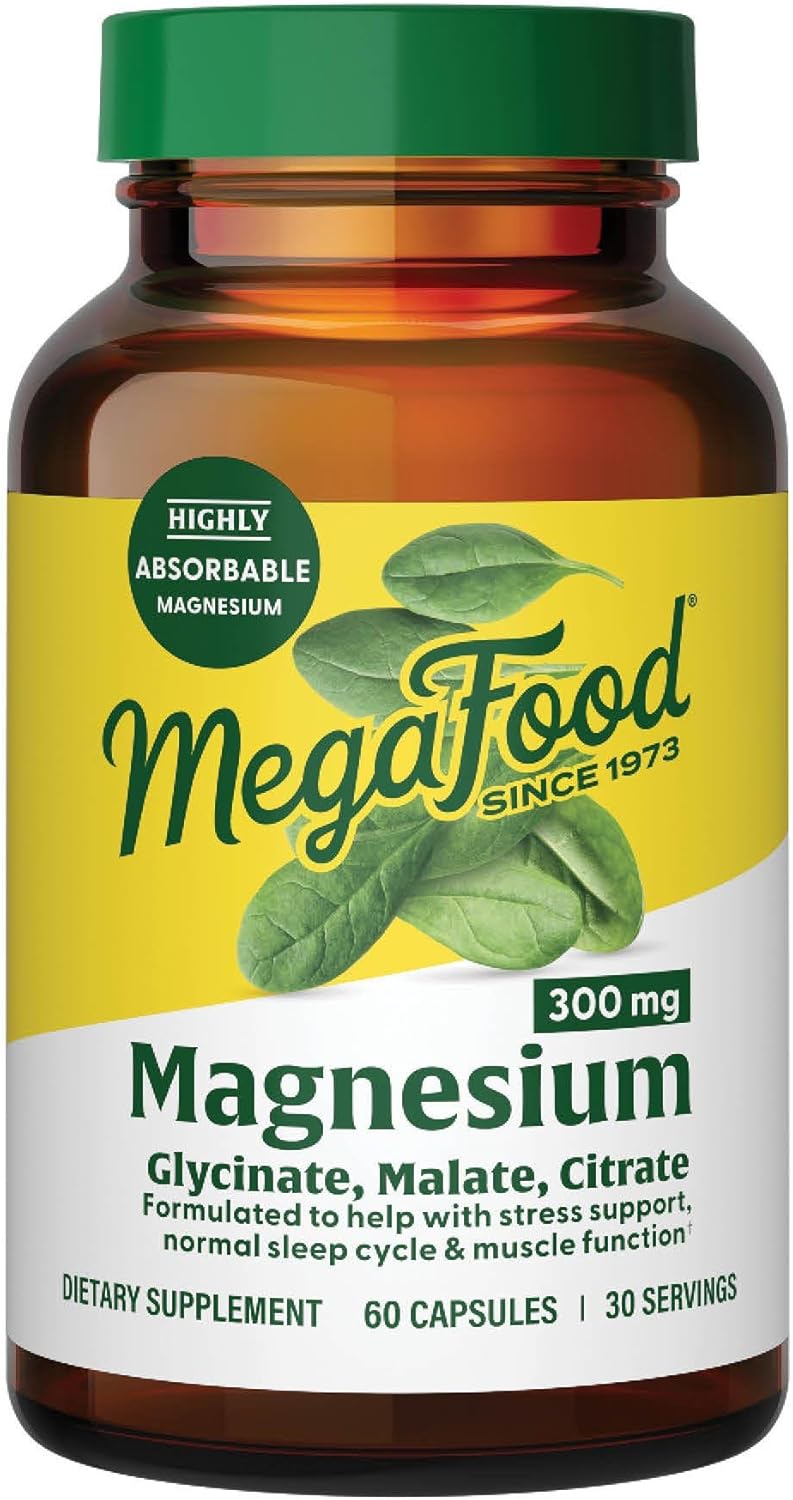
If you’re not sure where to start, this one is a gentle blend. It combines three highly absorbable forms: citrate, malate, and glycinate. It’s a great all-arounder to support nerve, muscle, and heart health.






